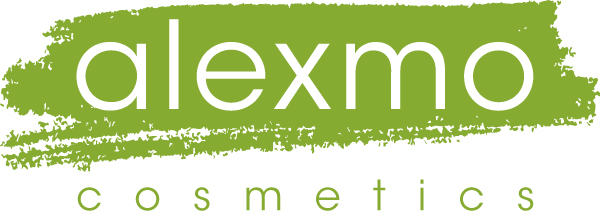Preserve? But safe!
One of the most controversial ingredients in natural cosmetics is preservatives.
As much as you might like to avoid preservatives, they are an absolute MUST in water-based cosmetics. Even DIY products that are made without water should be preserved, as they are in the chubby warm and also damp bathroom.
Natural preservatives are the most sensitive part of any formulation. If not worked/dosed properly here, many things can go wrong. Because the more natural ingredients we use, the more ideal the conditions for microorganisms like bacteria, yeast and mould. And no matter how clean you work, whether you disinfect all your jars and bottles before filling and boil the water, all this is not enough to prevent the formation of microorganisms. The following can then happen:
Phase separation
Viscosity changes (particles settle or float on the surface all at once)
Colour change
Cloudiness of transparent products
Scent change
Mould formation
If you choose natural preservatives, you need to consider the following things:
What is the solubility in the product - do not use an oil-soluble preservative if the formulation is mainly water.
What is the preservative spectrum - a preservative system should always have a broad spectrum and be effective against bacteria, moulds and yeasts.
And in which pH range does the preservative work. That is why you should check whether the pH value of the preservative is also compatible with that of the raw materials.
Basically, it is advisable to heat preservatives in the water phase as well, because this is where most contamination occurs. Therefore, your preservative should always contain some water-soluble ingredients as well. In the case of purely water-based formulations such as tonic, a preservative must also be completely water-soluble. Unless you also use a solvent.
If you use organic acid for stabilisation, it is imperative that you adjust the pH value to below 6; at best to 5.5. This works very well with citric acid. The lower the pH value is set, the lower the input concentration. A preservation enhancer such as glyceryl caprylate can increase the effectiveness of the organic acids. These destabilise the cell membranes of the microorganisms and can thus penetrate the cell more easily. This improves the activity against bacteria and yeasts.
However, it is also a fact that there is no single natural preservative that is suitable for all natural cosmetic formulations. It always depends on the formulation as a whole.
After all, an effective preservative system should cover all possible impurities that may be present in cosmetic products: Gram + and Gram- bacteria, mould and yeast.
All natural preservatives are approved on the cosmetic market and therefore have their justification to be used. However, in our domestic stir-fry kitchen we lack the prerequisites to preserve absolutely safely with natural preservatives. Therefore, it is not correct to call them insufficient or unreliable. We should rather consider whether it is not better to "play it safe" in our own production. Because nothing is more annoying than when after a short time the microorganisms already start their work and make the formulation with the valuable ingredients practically useless.
For this reason, you should always opt for safe preservation of your formulations. By doing so, you protect the natural, valuable ingredients and thus also your skin.
Therefore, we recommend our Chemikons PE 9010 to all DIY cosmetics manufacturers. It works in a wide pH range, is suitable for rinse-off and leave-on products and is easy to use. The main active ingredient phenoxyethanol is one of the most effective preservatives that can be used in a low application dose. It is capable of preserving even clay minerals in a water-based product. Unfortunately, it is avoided by many despite its effectiveness.
But there is another way. Here is the statement on phenoxyethanol from Annemarie Börlind:
"When it comes to product compatibility, the benefit for the user is more important than conforming to dogmatic ideas, as is sometimes the case in natural cosmetics. Moreover, phenoxyethanol was compliant with some natural cosmetics standards before the standardisation of European natural cosmetics labels (COSMOS)."
